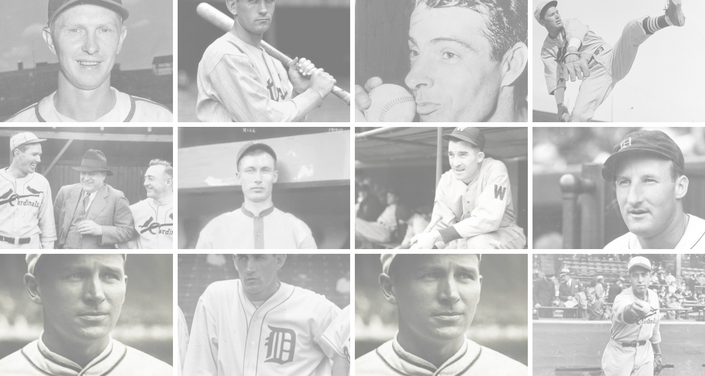Wall Street tycoon Charles A. Stoneham, buys the New York Giants
On January 14, 1919, a trio, led by Wall Street tycoon Charles A. Stoneham, buys the New York Giants. The other investors include manager John McGraw and politician Francis X. McQuade of New York. Stoneham rose from a job as a runner on Wall Street, to the president of a huge investment firm to make…








